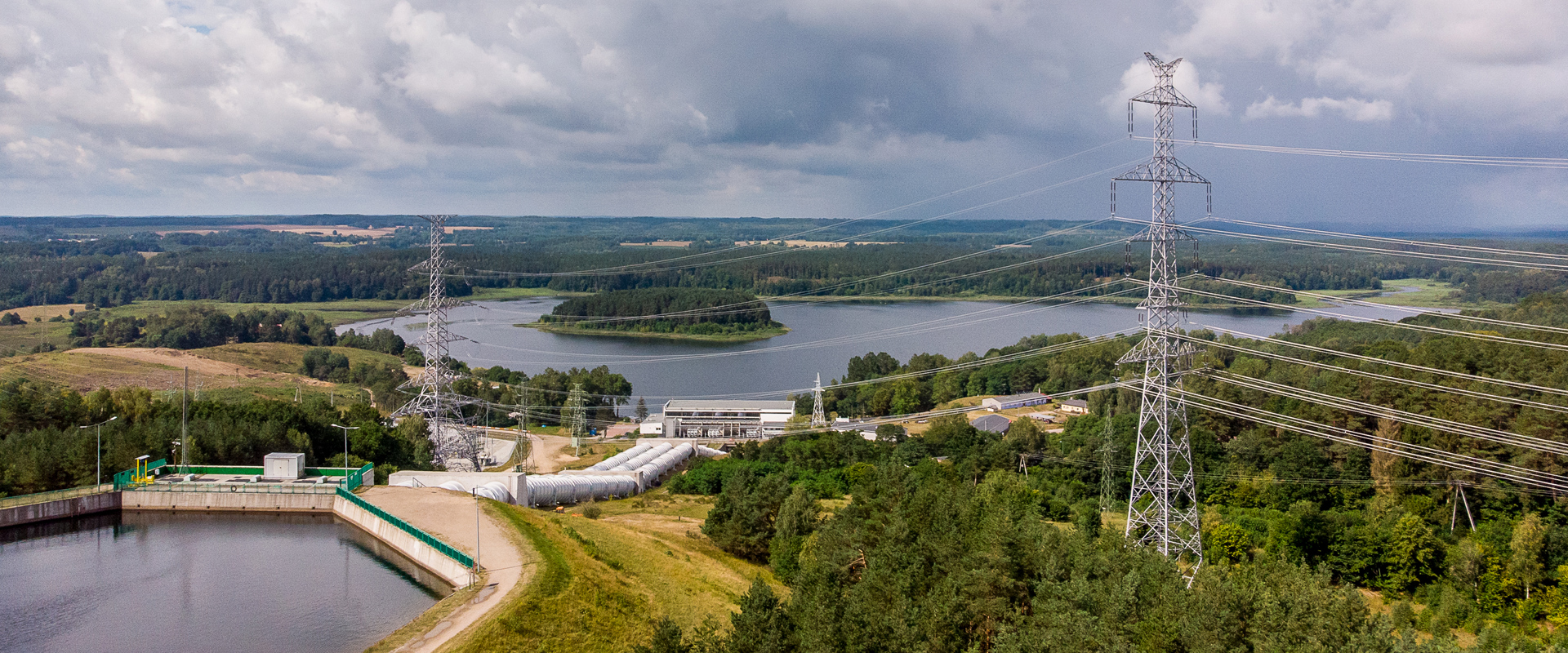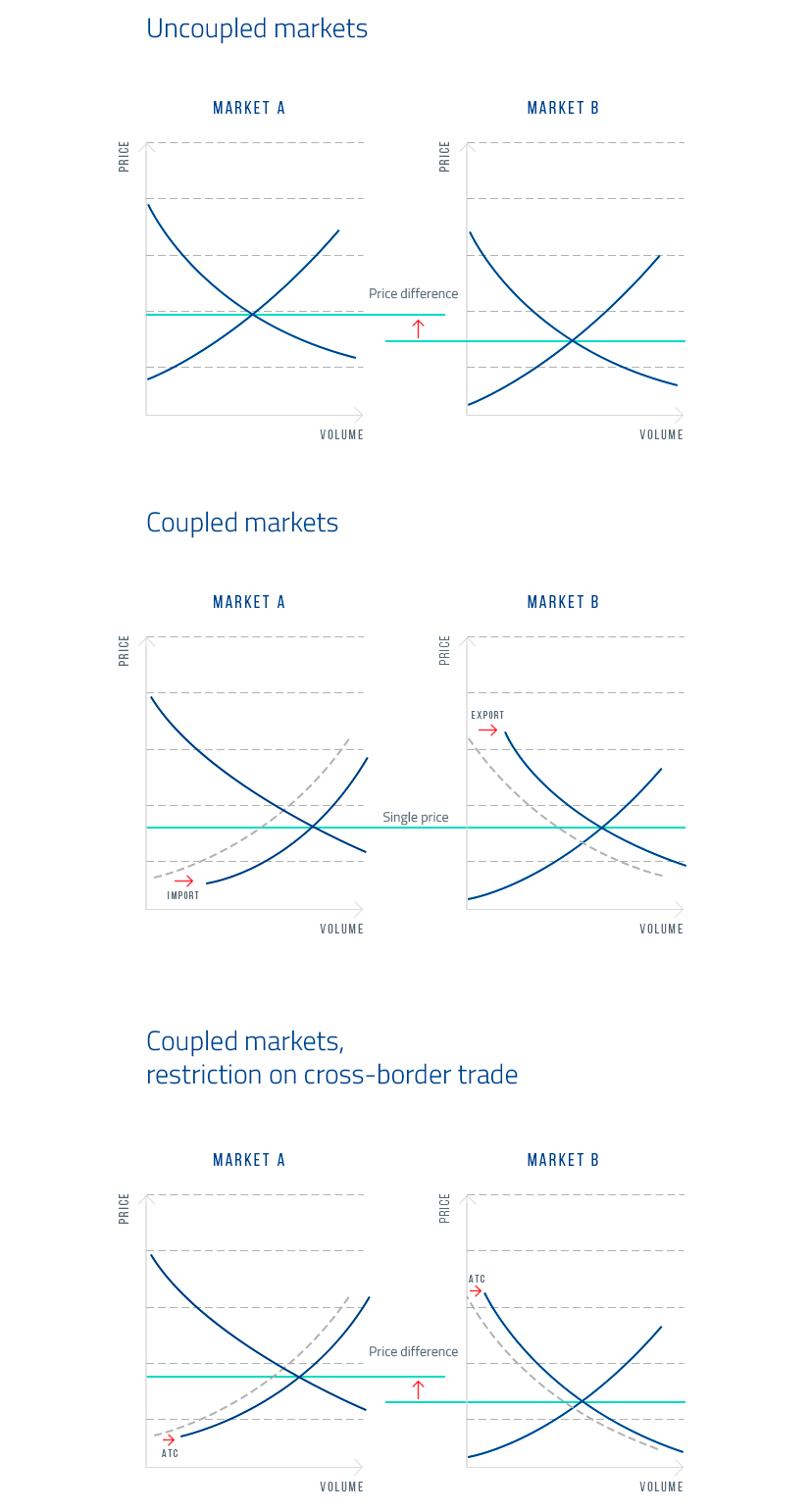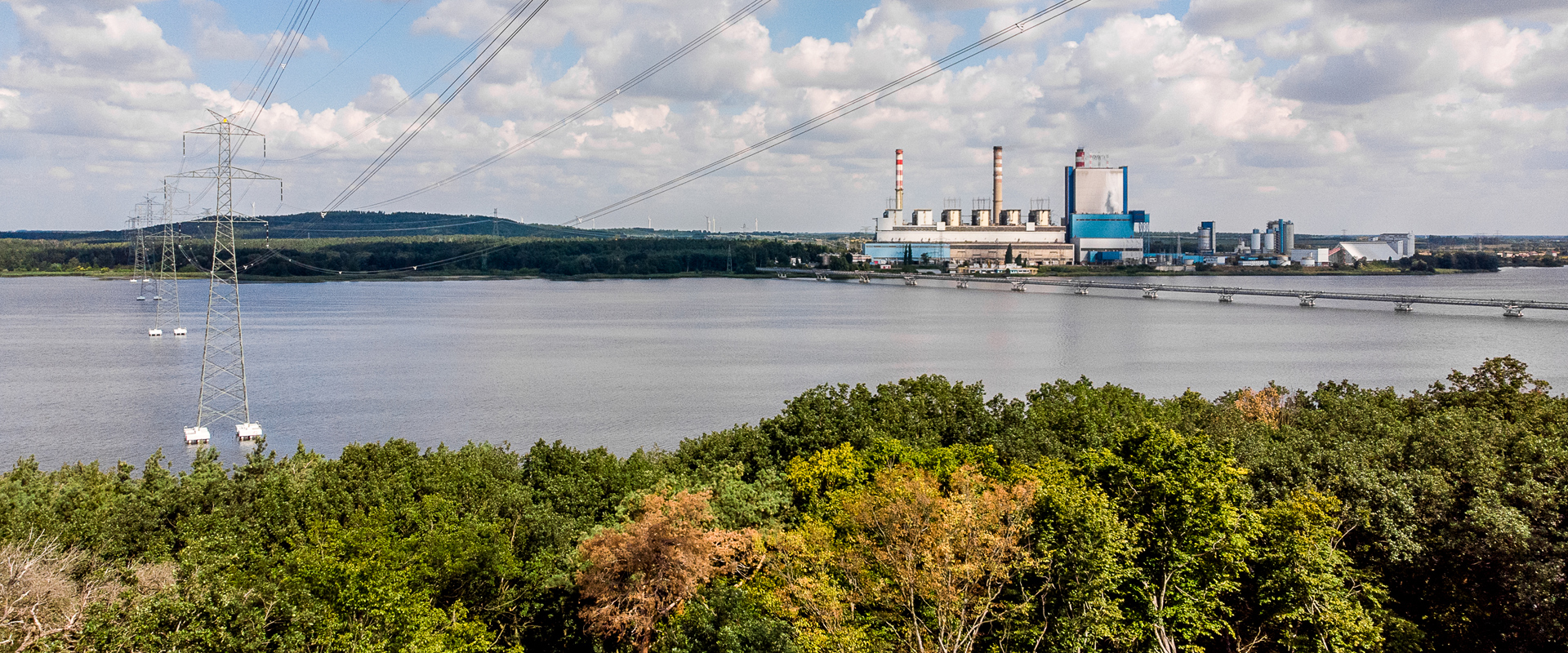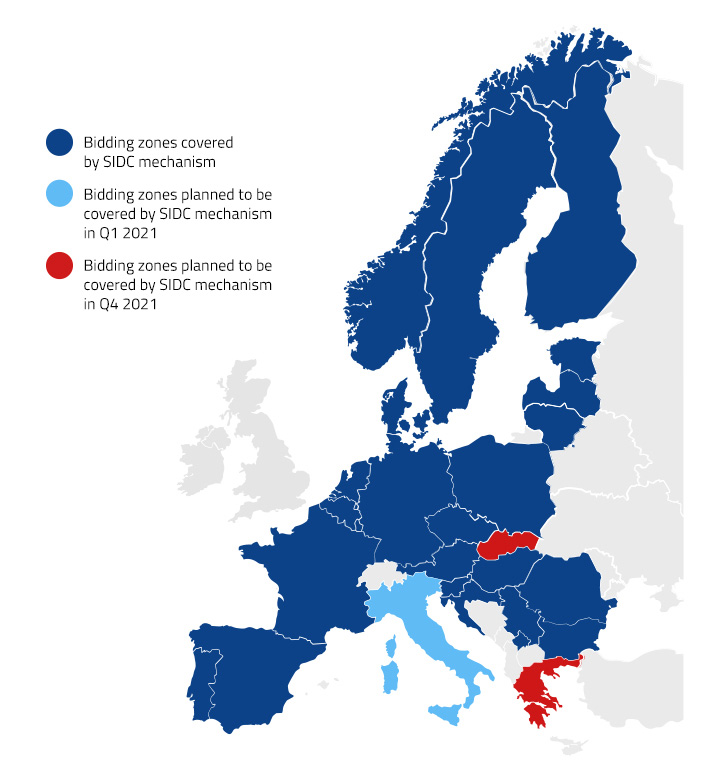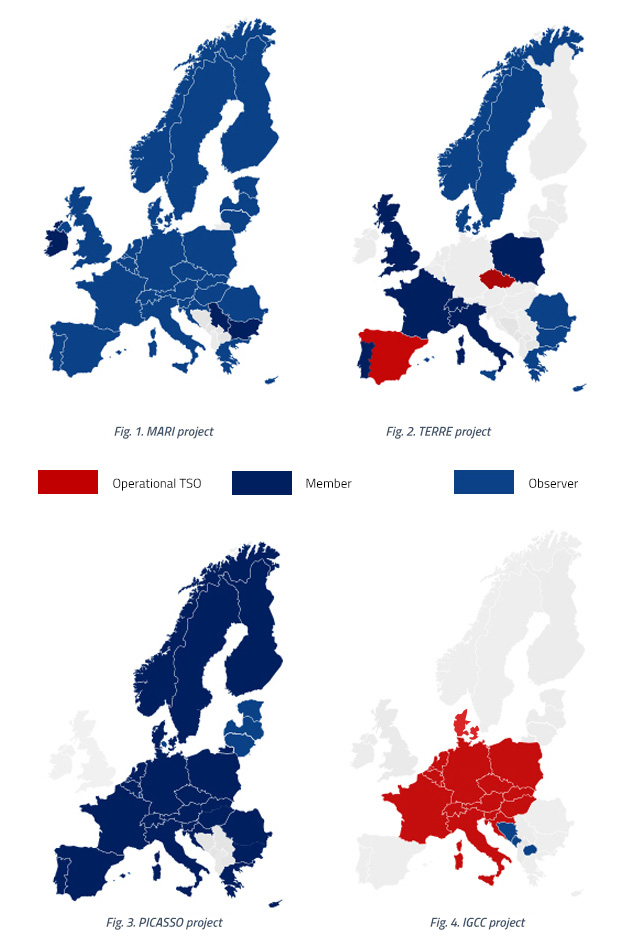Key achievements of international cooperation
Implementation of activities under the TSC/TSCNET initiative
We are actively working with European operators under the TSO Security Cooperation (TSC) initiative. TSC members include 14 operators from Central Europe. The goal of the initiative is to enhance the operational security of the interconnected power systems in the region, including the NPS, by intensifying regional inter-operator cooperation, which currently includes processes for identifying risks and applying appropriate inter-operator countermeasures.
We are a shareholder of TSCNET. We have a representative in the General Meeting and in the Supervisory Board of TSCNET, which currently consists of 5 members. Several PSE representatives are involved in the implementation of activities resulting from the tasks of the TSC decision-making and working structures.
Synchronization of the Baltic States' systems
PSE is actively involved in the process of extending the synchronous system of Continental Europe (CE) with the systems of the Baltic states (BS). In October 2018, the Plenary Meeting of the European Network of Transmission System Operators Regional Group Continental Europe (ENTSO-E RGCE Plenary) agreed to launch the relevant extension procedure. At the same time, it set up a working group to coordinate the process, headed by a representative of PSE.
In May 2019, the agreement specifying the conditions for the future synchronous connection of the BS system to the CE system entered into force. The agreement contains a so-called set of requirements, which is a list of detailed technical conditions required to be implemented by TSOs with BSs to ensure secure operation of the systems after synchronization. One of the main infrastructural elements included in the set is the Poland-Lithuania DC submarine link (Harmony Link). In 2021, a number of studies were launched to prepare systems and BS TSOs for synchronization. PSE is the leader of the TSO Consortium established to perform this work.
In December 2019, PSE and LITGRID received €10 million in funding from the EU's Connecting Europe Facility (CEF ) for activities carried out as part of the preparatory phase of this project.
In December 2020, PSE and the BS TSOs signed a grant agreement with the EU's Innovation and Networks Executive Agency (INEA) awarding €719.7 million in funding for Phase II synchronization projects, including €492.5 million for Harmony Link's implementation phase. In May 2021, PSE and LITGRID made positive investment decisions, thus the project moved from the preparation phase to the implementation phase. In July 2021, PSE announced a tender, through competitive dialog, for the selection of a contractor for converter stations in Poland and Lithuania. In August 2021, LITGRID launched a tender to select the HVDC cable contractor.
Currently, BS systems operate under the IPS/UPS system, which geographically covers areas of the former Soviet Union Republics. The synchronization of the BS systems with the CE, scheduled for 2025, is part of the European Energy Union concept and an example of solidarity in the area of energy security. The implementation of the project is critical to completing the integration and increasing the scope of connecting BS system markets to the European system. This is confirmed by the roadmap implementing the synchronization project signed in June 2019 by the President of the European Commission and the Prime Ministers and Presidents of Poland, Lithuania, Latvia and Estonia.
Synchronization of the systems of Ukraine and Moldova
PSE is also involved in a project to expand the system of Continental Europe to include the systems of Ukraine and Moldova. We are a member of the TSO Consortium established to perform additional studies and work to align the technical operating standards of these systems, as well as to comply with applicable EC regulations on running the system operation and market rules. The PSE representative chairs a working group responsible for performing system dynamic analyses.

